How to dance the irish jig
The History of Irish Dance
Celtic StepsOur StoryThe History of Irish Dance
Ancient Celtic Dance
Although the exact roots and origins of early Irish dancing are lost in time, there is evidence to suggest a linkage between early forms of Celtic dance and that of modern Irish dance. The Celts were sun worshippers who practiced a pagan dance within a circular formation of stones which has some commonality to the circular formation of Irish set dancing. Celts were also said to have danced clockwise in circles on happy occasions and anti-clockwise when mourning.
They often included movements which involved repeated tapping of the feet on one spot – shades of Sean Nós – and modern solo dancing as well as setting steps in Irish and Scottish group dances.
1413
The earliest reference to dance in Irish history details a visit between the Mayor of Waterford and Mayor of Baltimore. A processional combination of singing and dancing took place called carolling which originated from European folk dance histories and was thought to be introduced to the Irish by the Normans when they arrived in 1169.
1598
The year of 1598 saw dance reels beginning to be published in a work entitled News from Scotland. The reel which is thought to be mostly Scottish in origin was said to be named after the Swedish ragla, which means to stagger, incline or move while walking, first to one side and then the other.
1686
The Irish Jig is widely accepted as Irish in origin and was likely to have originated from an Irish Clan marching tune. The first jig was published by John Playford, a music publisher and choirmaster of St. Paul’s Cathedral in 1986. Queen Elizabeth I was a very public advocate of the Irish Jig.
1689
The three most popular dances mentioned in Irish records from this time include the hay, the rinnce fada (rince is the Irish word for dance) and the rinnce mór. The hay was thought be to circle or chain dance where people would chain in and out of each other in a circle.
The first mention of the Irish rinnce fada, which means the long dance, was recorded in 1689 as it was danced in honour of the arrival of James II to Ireland. It was believed he was already familiar with the dance which suggests it was already in practice long before this time.
It was believed he was already familiar with the dance which suggests it was already in practice long before this time.
1691
The Irish people’s love of dancing has been well documented throughout the ages but perhaps John Dunton, an English bookseller and author, put it best when he wrote; ‘on Sundays and Holydays, all the people resorted with the piper to the village green, where the young folk dance till the cows come home. There was no occasion from which dancing was absent’.
1700
The dance of the hornpipe is first mentioned in the time of Henry VIII by Chappell. This dance in particular, is generally excepted by most as being of English origin and is believed to have arrived in Ireland around the 18th century.
1700 – 1800
This era saw the introduction of the Irish Dancing Masters who travelled the country to teach their trade to the masses. They were strongly aware of and influenced by French dancing etiquette manners and deportment. These modern forms of dancing were adapted by the Irish Dancing Masters and passed on to their pupils who came from families of all classes throughout Ireland.
The Dance Masters taught a variety of dance principles from simple steps required for crossroad dancing to the more complicated French cotillions and quadrilles, all of which evolved into country set dances, with each locality adding their own characteristics and preferences.
1893
The Gaelic League was founded in 1893. After centuries of British rule in Ireland, the aim of the League was to recreate a separate cultural Irish nation where the use of all English language, culture, games, dress, literature, music and dance was eliminated. While its aims were admirable, the order banned many dances which were popular at the time including round and country dances as well as quadrilles.
1897
The year of 1897 marks the first ever public Ceílí which took place ironically, in London’s Bloomsbury Hall, organised by the Gaelic league, at which sets, quadrilles and waltzes were danced to Irish music.
1929
This year saw the formation of the Gaelic Dancing League which endeavoured to resurrect some of the dances they had caused to disappear. When this was not possible, they composed others in their place. These included the Walls of Limerick and the famous Siege of Ennis.
When this was not possible, they composed others in their place. These included the Walls of Limerick and the famous Siege of Ennis.
1935
In 1935, the Public Dance Halls Act was enforced which required all public dances to be licensed and laid down the conditions under which licenses might be issued by district justices. With the act came the end of a way of life in rural Ireland where dances in neighbouring houses were commonplace. Despite another obstacle to the growth of the culture of Irish dancing, the raw nature of set dancing did survive in the parts of Ireland which most valued tradition including counties Clare, Cork and Kerry.
1951
The formation of Comhaltas Ceoltóirí Éireann, meaning the Society of the Musicians of Ireland, which were dedicated to the promotion of music, song, dance and language in Ireland, lead to the strongest revival of interest in traditional Irish music and dance on record. People danced Ceílís and sets across the country and in the years to follow the movement inspired the rise of great Irish Ceílí bands like the Kilfenora, the Tulla, the Aughrim Slopes and the Castle.
1970
In 1970, the birth of the Gaelic Athletic Association, a sub division of Comhaltas organised competitions where teams of dancers from around the country gathered together to share their own style of set dancing to all. This too inspired other communities to foster a pride in their own unique take on Irish dancing and look for and revive their own style of sets.
1980-1990
This decade saw a huge increase of set dancing workshops and set dancing Ceílís around the country of Ireland, with even GAA and ruby halls becoming practice grounds for Irish Dance and its pupils as the infectious nature of the craft captured the hearts of many. This spirit and enthusiasm for the culture of Irish dance is something that still to this day, remains strong in schools and communities across the country.
Research taken from Toss the Feather – Irish Set Dancing by Pat Murphy.
Leprechaun Irish Jig Line Dance How To
Do holidays make you want to dance? St Patrick’s Day is a delightful holiday to dance an Irish Jig.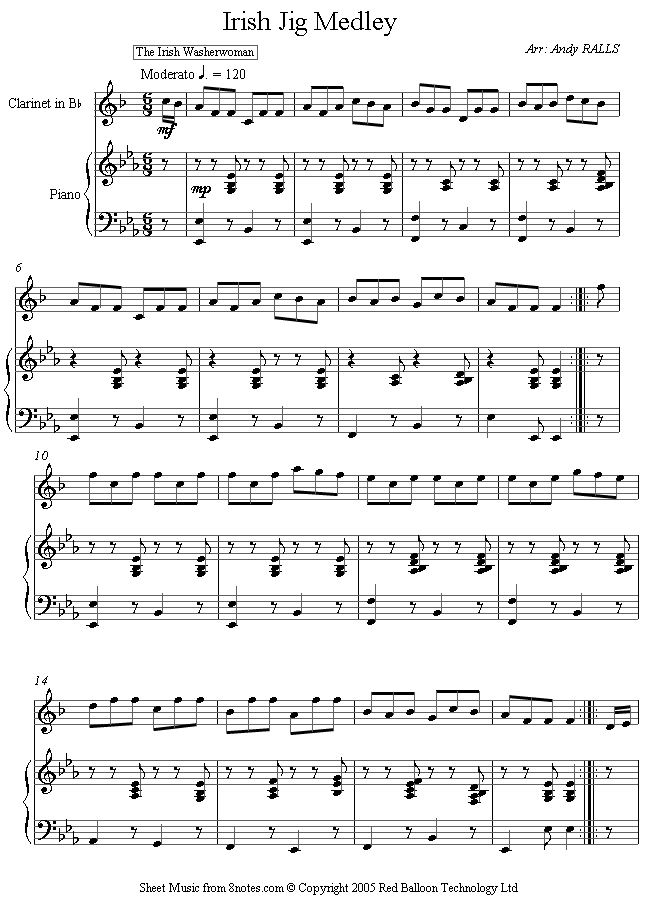 For my St Patrick’s Day dance party, I put together this lovely Leprechaun Irish Jig line dance. Have fun learning this dance.
For my St Patrick’s Day dance party, I put together this lovely Leprechaun Irish Jig line dance. Have fun learning this dance.
Everyone’s favorite Irish holiday is St Patrick’s Day. As a youth, St. Patrick was kidnapped by Irish and taken to Ireland around 400 AD. He escaped his captors and returned to England as an adult. After he was ordained a priest, he returned to Ireland to convert them to Catholicism. He used a 3-leaf clover to explain the Holy Trinity and drove the snakes of paganism out of Ireland. For this March 17th, the date of his death, is celebrated worldwide.
LeprechaunsSo how did leprechauns come to be associated with a saint’s holiday? Leprechaun’s pre-date St Patrick and are the cobblers and bankers of the fey. Their favorite dance is a Jig, and some suggest they dance holes in their shoes, so they became cobblers. In 1959 Leprechauns became associated with St. Patrick’s Day when Disney released the film “Darby O’Gill and the Little People.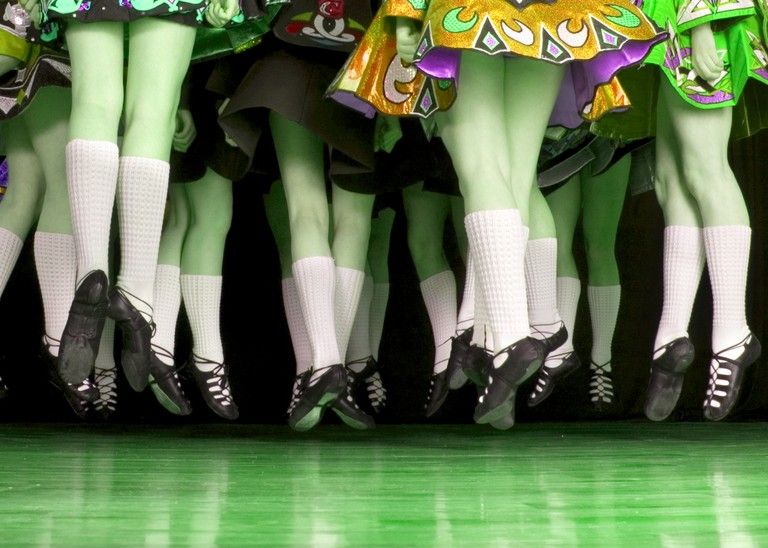 ”
”
The Irish love to dance, and the Jig is their favorite dance. Jig comes from the French word to Jump (giguer). The Irish Jig was promoted by Queen Elizabeth l during the Renaissance period. This hoppy happy dance has been an Irish favorite for centuries.
Leprechaun Irish Jig Line Dance How ToStep 1 Heal, Toe, heal, Stomp.
Begin with your right foot,
Heal to side, Toe In front of left foot, Heal to side, Close right foot next to left foot. Count 1,2,3,4.
Repeat with your left foot.
Heal to side, Toe In front of right foot, Heal to side, Close left foot next to right foot. Count 5,6,7,8.
Step 2 Heal, heal.
Begin with your right foot,
Tap heal in front 2 times count 1,2, close right foot to left foot, count &
Repeat with your left foot.
Tap heal in front 2 times count 3,4, close right foot to left foot, count &
Step 3 Four kicks
Kick step Alternating right then left foot forward, 5,&,6,&,7,&,8,&.
Step 4 Progressive Jig forward and back
Back rock, Right foot rock back, 1, replace weight to left foot, 2.
Jig forward, right foot forward, left foot close to right foot, right foot forward, 3&4.
Forward rock, left foot forward, 5, replace weight to right foot, 6,
Jig Back, left foot back, right foot closes to left foot, left foot back, 7&8.
Back rock, Right foot rock back, 1, replace weight to left foot, 2.
Jig forward, right foot forward, left foot close to right foot, right foot forward, 3&4.
Step 5 Walk around turn and close.
Left foot forward ½ turn to the right, 5, replace weight to right foot, 6, close left foot to right, 7, tap right foot, 8.
Begin again from the beginning.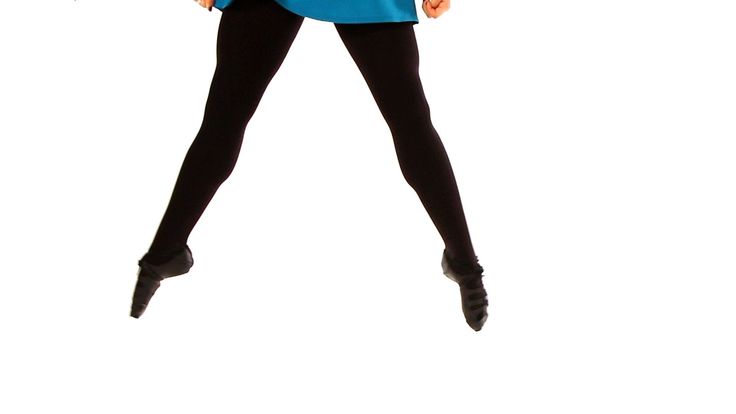
I used a clean you tube song “Banish Misfortune” but any Irish jig would work, like “Dance above the rainbow” By Ron Hardiman.
Leprechaun-Holly Tomazin
Location- Holly’s sewing room. Yes, I sew in there. Everyone has their castle, mine is in my sewing room.
Holly Tomazin
WEDDING DANCE instruction
DANCE LESSONS.
Certified Licentiate in
Ballroom, Latin, Smooth & Rhythm
with ISTD, DIVDA, FADS, & Arthur Murrary’s
author of
Holly’s hot wedding tips,
Historically Accurate Princess Dances,
Winner of:
The Knot Hall of Fame best wedding dance instruction,
top 50 Dance Blogs
Champion Ballroom Dancer & Coach
owner of
Adventures in Dance
720-276-0562
[email protected]
www.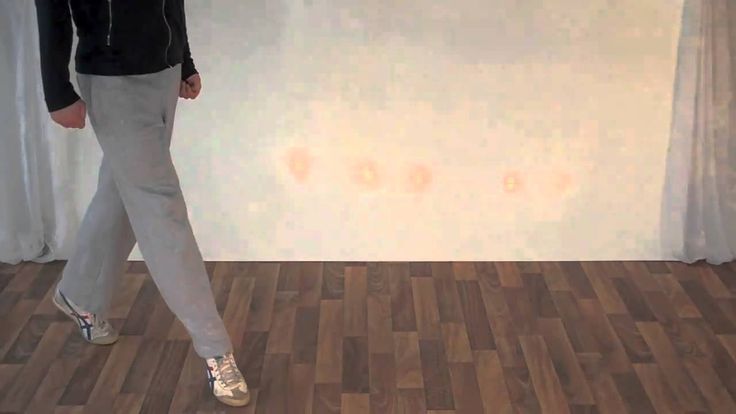 adventuresindance.com
adventuresindance.com
Resources
https://www.bhg.com/holidays/st-patricks-day/traditions/who-was-st-patrick/
https://www.mentalfloss.com/article/62173/15-lucky-things-you-probably-didnt-know-about-leprechauns
https://www.learnreligions.com/st-patrick-and-the-snakes-2562487
http://blog.virginiatoy.com/st-patricks-day/
https://myrealireland.com/irish-knowledge/everything-you-need-to-know-about-leprechauns/
https://www.mentalfloss.com/article/62173/15-lucky-things-you-probably-didnt-know-about-leprechauns
https://www.livescience.com/37626-leprechauns.html
https://www.irish-expressions.com/irish-jig.html
https://www.celticsteps.ie/our-story/the-history-of-irish-song-music-dance/
Ah, I have no better joy! Let's dance a jig! Online publication "Elements of Dance"
Jigs on the bar and on the tables
Only folk dance can be so expressive and expressive. Ireland is associated all over the world with red-haired beauties, St. Patrick's Day, bright green quatrefoil and, of course, tart ale.
Patrick's Day, bright green quatrefoil and, of course, tart ale.
Local pubs have always been a place of fun and mischief, which is impossible to imagine without playing a jig. Moreover, any, even the most insignificant, piece of free space, including a table and a bar counter, is suitable for this.
This ancient dance owes its name to the name of the traditional Irish fiddle, which was used to entertain fairground people in the Middle Ages (the first written records date back to the 11th century). Later, the jig began to be performed during fesh (feis - a peasant party with music and dancing).
According to one version, the word is of French origin - gigue, or "gigue", according to another - Italian (read as "giga"). Also, the word "jiga" refers to the music that accompanies the dance. It was she, fast, bright, spectacular, that made people start dancing.
At first, the jig was performed in pairs, however, sailors, pub regulars, picked up a colorful dance and turned it into a solo one. In Shakespeare's time, the jig was performed in a clownish manner at the end of a theatrical production. And then...
In Shakespeare's time, the jig was performed in a clownish manner at the end of a theatrical production. And then...
Then came the eradication of Irish culture. With the beginning of the colonization of Ireland by England, national dances and music became prohibited. From the 17th century to the middle of the 19th century, teaching the traditional arts was severely punished.
The culture was preserved thanks to the efforts of itinerant teachers, who became the forerunners of dance education. Masters moved from one village to another, stopping to stay in one of the peasant houses. The classes were massive: students of different ages came to them and mastered the original Irish dance skills. It was thanks to wandering dancers that the forms of jigs known to us today developed.
In the late 18th and early 19th century, the first "stationary" dance schools began to appear illegally. At the same time, the first competitions arose: teachers competed with each other, demonstrating skills polished over the years.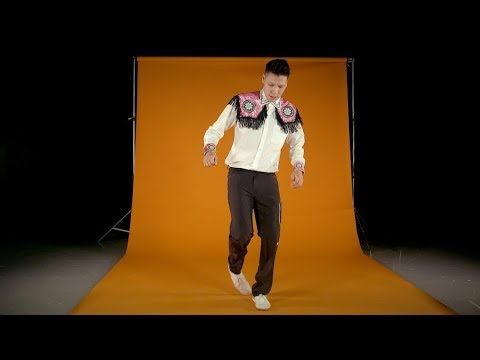 Soon, the students also showed interest in dance tournaments, and then the “pie” competitions arose. This culinary creation was in the center of the dance floor on a special table. It got to the winner.
Soon, the students also showed interest in dance tournaments, and then the “pie” competitions arose. This culinary creation was in the center of the dance floor on a special table. It got to the winner.
At the end of the 19th century, the Gaelic League took shape, the main task of which was to standardize and formalize Irish dances, music, and literature. The members of the league carefully studied the numerous varieties of jigs, reels, and other dances, and zealously followed the observance of certain canons in them.
In 1930 a special committee was organized - the Irish Dance Commission, or An coimisiun le rinci Gaelacha. Its competence is the regulation of all issues related to the preservation, development and dissemination of Irish dances, as well as the organization of competitions.
Such a different jig!
Common to all varieties of jigs is a high speed of movement of the legs and a completely static upper body. Shoes for performance can be soft (for women - leather ballet flats with laces, for men - shoes with small heels and soft soles) or hard (leather shoes with a heel on the toe, an additional fastening strap and a small heel).
Light jig is the fastest type of this dance. It is performed in 6/8 time with a rhythmic pattern of three levels of difficulty - beginner, primer and intermediate. Dancing in soft shoes. Steps (steps) are very fast and can vary greatly from school to school.
Single jig, or hop jig in other words, has a size of 12/8. For it, as well as for a light jig, soft shoes are required. This is one of the simplest forms of Irish dance and is most widespread in Europe. It is with single jigs that they begin training in dance schools.
Slip (sliding) jig is performed in 9/8 time signature with emphasis on the first beat. Sometimes this variety is called Irish ballet because of the performance on high "half-toes" of legs shod in soft shoes. Graceful movements, as it were, lift the dancer above the platform, giving the effect of light soaring. However, the lightness is only visible: slip jig is one of the most difficult types of Irish dance.
Double jig - male dance. In every movement - the spirit of a warrior, the nature of the dance - assertive, warlike, the choreography pattern is linear, the accents are in the beating of the rhythm. It can be performed in both soft shoes and hard shoes. Has a faster beat than the single jig.
In every movement - the spirit of a warrior, the nature of the dance - assertive, warlike, the choreography pattern is linear, the accents are in the beating of the rhythm. It can be performed in both soft shoes and hard shoes. Has a faster beat than the single jig.
A 6/8 treble jig with a strong beat on the count of three. Unlike other varieties, this one is performed in hard shoes. A slow pace, a lot of pirouettes, swings, jumps are the main features of the treble jig. The traditional performance is 92 beats per minute (usually chosen by beginners). Experienced and skilled dancers prefer a slow triple jig with 73 beats per minute.
By the way, at almost all festivals of Irish culture, it is the treble jig that is performed, which is complex both in terms of rhythmic pattern and performance technique.
The hornpipe, like the treble jig, is played in hard shoes and has a complex rhythmic syncopated pattern. A distinctive feature is the size 4/4.
A set is a dance performed to music of a certain size (for example, a hornpipe or a treble jig). The traditional set has different difficulty levels.
The traditional set has different difficulty levels.
Irish jig has long gone beyond the alma mater. Today it is danced in Europe, the USA and Russia. They say that to see yourself dancing a jig in a dream is a harbinger of fun and many pleasures. Because this dynamic, cheerful and beautiful dance gives truly vivid emotions.
how to dance Irish dances, video lessons
Ireland is an unusual and mysterious country, the unique charm of which is given by evergreen hills, ancient castles, and of course amazing dances. National dances are performed only to Irish music and look very beautiful and spectacular, thanks to the speed of movement and rhythm. Currently, this dance direction is extremely popular in many countries. There are many schools and studios that teach jig, reel or hornpipe, but you can learn how to dance Irish dances on your own. Depending on the technique of performance and the number of participants, the following varieties are distinguished:
- Solo, represents rhythmic and clear movements of the legs, while the body and arms are motionless, one person is dancing.

- Group, performed by a group of up to 16 people, and include elements of solo dances with rebuilding in a circle, line or column and the inclusion of hands.
- Folk or social, characterized by simple quadrille-like movements, danced in pairs.
For those who decide to learn how to dance Irish dances on their own, video lessons for beginners will be an excellent tool. It is better to start with a solo direction, which includes: jig, reel, hornpipe and solo sets.
Jig
Performed to the music of the violin. Fun and cheerful jig, consists of traditional jumps and special steps. The jumps are quite high, which makes a lasting impression, but at the initial stage, you should not jump high. First you need to learn how to properly hold the body and press your hands, and most importantly, land softly. Dynamic and spectacular Irish dances can be a serious challenge for beginners.
Reel
Reel is believed to be of Scottish origin, but has undergone strong changes to include true Irish elements. Great for beginners and is usually the starting point for learning how to dance Irish dance properly. May be fast or slow.
Great for beginners and is usually the starting point for learning how to dance Irish dance properly. May be fast or slow.
Fast paced reels have a set of simple movements, while slow reels are characterized by a more complex set of figures, including high jumps. The technique of execution, depending on the type of footwear, can be soft or hard.
Hornpipe
Includes jumps and tap dance elements, touching the floor alternately with the heel and toe, creates a drumming effect. Hands are usually located on the belt or extended at the seams, and swings are made with a leg bent at the knee. It is performed only in hard shoes and is the most difficult to master. Somewhat similar to the reel, the hornpipe is notable for its particular dotted rhythm and emphasis on the first count. It can also be slow and fast.
Set solo dances
A distinctive feature is a special set melody, which can be traditional or author's, and differs in its structure from ordinary Irish music. Under such melodies, unique dance compositions are developed, intended for participation in competitions, which will include complex steps and non-traditional elements. From generation to generation in Ireland, the music and steps of solo sets created in the distant past and called traditional are transmitted.
Under such melodies, unique dance compositions are developed, intended for participation in competitions, which will include complex steps and non-traditional elements. From generation to generation in Ireland, the music and steps of solo sets created in the distant past and called traditional are transmitted.
Irish dancing is not only an amazing boost of positive energy and energy, but also a great way to increase stamina and improve physical fitness. Having mastered the basic elements, you can continue to use lessons for beginners to learn Irish dances, or contact a special studio. Speed, clarity and rhythm of movements will come with regular practice.